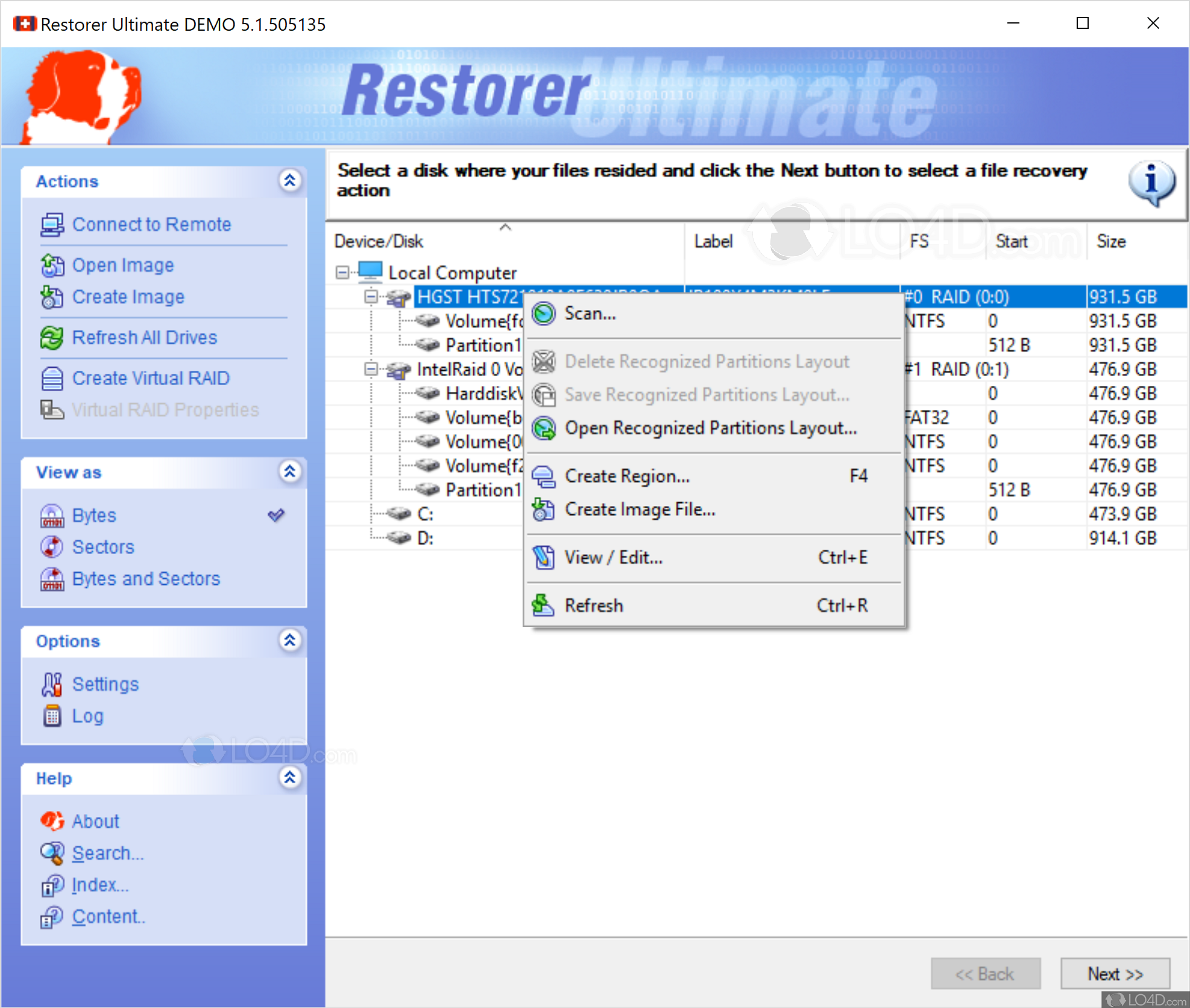

Copying these four folders involves copying over 160,000 files, which total just over 12 GB in size. I repeated the test, this time copying the same four folders from the HFS source volume to the HFS target volume. I then used the Finder to copy four startup volume folders (Applications, System, Library and Users) from the APFS source volume to the APFS target volume. I also created two target volumes, again one APFS, one HFS Extended, on separate disks. So I created two source volumes, one APFS, one HFS Extended, both with High Sierra (macOS 10.13) installed. I needed to thoroughly test the comparative speeds of APFS and HFS. The speed difference was most pronounced with HDDs-where APFS could take almost twice as long to copy-but also existed on SSDs, and even ThunderBlades. I had really only tested speeds with a single file operation how would APFS perform with a more likely scenario-copying numerous files between volumes? To my surprise, I found that copying a large number of files from one APFS volume to another (on a second disk of the same type) was always slower than performing the same operation with HFS Extended volumes. So far, so good… However, after High Sierra shipped, I decided to dig into the performance of APFS even further. The speeds of APFS and HFS Extended volumes were always within a few percentage points of each other regardless of the type of disks or RAID level I was using. I repeated the AJA System Test using a large variety of disks and RAID levels (created with SoftRAID). As you can see, the APFS volume is almost exactly the same speed as HFS Extended.) (ABOVE: Speed of APFS volume on 2 OWC ThunderBlades striped together. So just how fast is the release version of APFS which comes with High Sierra? Can it keep up with HFS? To find out, I created an APFS volume using a beta copy of SoftRAID version 6 and two ThunderBlades. From previous testing, I knew that an HFS Extended volume with 2 ThunderBlades striped together could go go faster than 4 gigabytes per second on both reads and writes.) (ABOVE: Speed of HFS Extended volume on 2 OWC ThunderBlades striped together. So what better way to do this than by using two of OWC’s upcoming ThunderBlades with a 2017 MacBook Pro? Each of these soon-to-be-released devices incorporates 4 SSD blades using two of them to create an 8-blade stripe, I could get performance way faster than possible even with a single Thunderbolt 3 port.

#Testdisk mac hfs software
I always want to stress test software as much as possible-the faster the storage device the harder it is for the OS to keep up with.

After a few months, new versions of APFS gave the same results with AJA System Test as HFS Extended. While some of the early releases of APFS resulted in volumes, which were slower than HFS Extended on the same hardware, it soon became clear that APFS was improving. This makes it easy to see if the file system has to pause every so often to take care of housekeeping chores, leading to slower performance. Results are displayed in a speed/time graph, which shows how much read/write speeds vary during the test. AJA system test writes a single large file to a volume and reads it back to determine how fast the volume reads and writes file data.
#Testdisk mac hfs how to
Would Apple’s promise that APFS was a “low latency” file system translate to faster reading and writing? Did APFS deliver faster speed on the HDDs, which are used throughout the film and video industry?Īlso Read: Using APFS On HDDs … And Why You Might Not Want To How to Revert a drive from APFS back to HFS+įor all my early testing, I used AJA System Test with files of differing sizes. I also wanted to test APFS with different RAID levels on both SSDs and HDDs. I wanted to see if it was faster than the HFS Extended volumes I had been using for decades. (For more on APFS, click here).Īs soon as I could I was able to create an APFS volume on top of a SoftRAID volume, I started testing APFS for speed. As the first new file system released by Apple in almost 30 years, I knew this file system would be built from the ground up using the best techniques for providing speed, reliability and features found in modern file systems. Ever since the first beta of Sierra (Mac OS 10.12), I have been interested in Apple’s new file system, APFS.


 0 kommentar(er)
0 kommentar(er)
